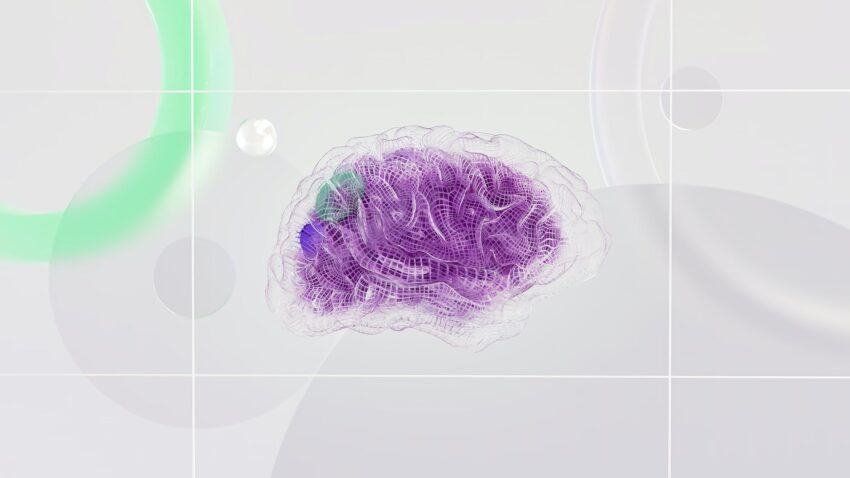For decades, the use of psychedelics has been stigmatized and relegated to the margins of society. However, scientific reexaminations of these powerful substances are opening new frontiers in our understanding of the human brain and mind. By analysing the effects of psychedelics on the brain, scientists are hoping to tap into their considerable therapeutic potential.
The burgeoning field of psychedelic neuroscience explores the mechanisms through which substances such as psilocybin (found in magic mushrooms), LSD, and DMT impact our brain functions. A significant focus of these studies includes the neuroscience of ego dissolution— the transformative experience where the self temporarily merges with the outside world.
When subjected to psychedelic drugs, brain imaging studies have shown that these substances trigger heightened activity across various regions. This catalyzes a temporary restructuring of the brain’s networks – leading to the ‘connectedness’ feeling often reported by individuals. These alterations elucidate psychedelic effects on brain activity, enabling us to view consciousness from a fresh perspective.
However, as powerful as these substances are, they don’t carry out these alterations independently. The role of psychedelic pharmacology comes into play here. Essentially, these substances work by binding to serotonin receptors in the brain, chiefly the 5-HT2A receptor. They imitate the neurotransmitter, creating an amplified serotonin effect – thereby inducing hallucinogenic and therapeutic effects.
The psychedelic research and studies extend beyond understanding brain function. They also explore the potential therapeutic impacts of psychedelics. Disorders such as depression, anxiety, PTSD, and addiction, which remain stubbornly resistant to conventional treatments, could potentially be better tackled using psychedelics. These substances can facilitate profound psychological insights and catalyze therapeutic transformation, thereby enhancing the efficacy of psychotherapy.
When it comes to the psychoactive properties of psychedelics, they significantly diverge from other mind-altering substances. Unlike narcotics or stimulants, psychedelics don’t merely suppress or overstimulate our existing brain functions. Instead, they reroute them, thereby inducing a radically divergent form of consciousness. This contributes to their therapeutic potential.
In-depth knowledge of psychedelic therapy mechanisms is still in its infancy. Some proposed theories suggest that psychedelics could help patients revisit traumatic memories in a safe setting, thereby providing a new perspective and fostering healing. Others propose that these substances induce a state of neuroplasticity, enabling more effective cognitive restructuring.
A significant aspect of the psychedelic experience is the induction of visionary states. These states correlate strongly with the activity of the “default mode network” – a brain system associated with self-reflection and introspection. Studies have shown that psychedelics cause a significant reduction in default mode network activity, facilitating the dissolution of the self and the connection with larger entities. This sheds light on the visionary states and brain activity correlation.
As the conversation surrounding psychedelics starts to evolve, it’s clear that we must continue to further our understanding of their functioning. The ongoing studies continue to unravel the profound mysteries surrounding these incredible substances. By tackling prevalent dogmas, we can open doors to new therapeutic possibilities and deepen our understanding of the magnificent enigma that is the human mind.
In a landscape that is continually evolving, it’s the scientists who dare to venture into the overlooked and stigmatized spaces that will lead the way to significant breakthroughs in medicine and neuroscience.
To summarize, the research on psychedelics is clear – these substances have the potential to offer deep insights into the workings of the human brain and psyche. Furthermore, they hold the promise of instigating transformations in multiple areas, from scientific research and neuroscience to mental health treatments. As our understanding continues to evolve, there’s no denying that the future of psychedelic science promises to be exciting.
